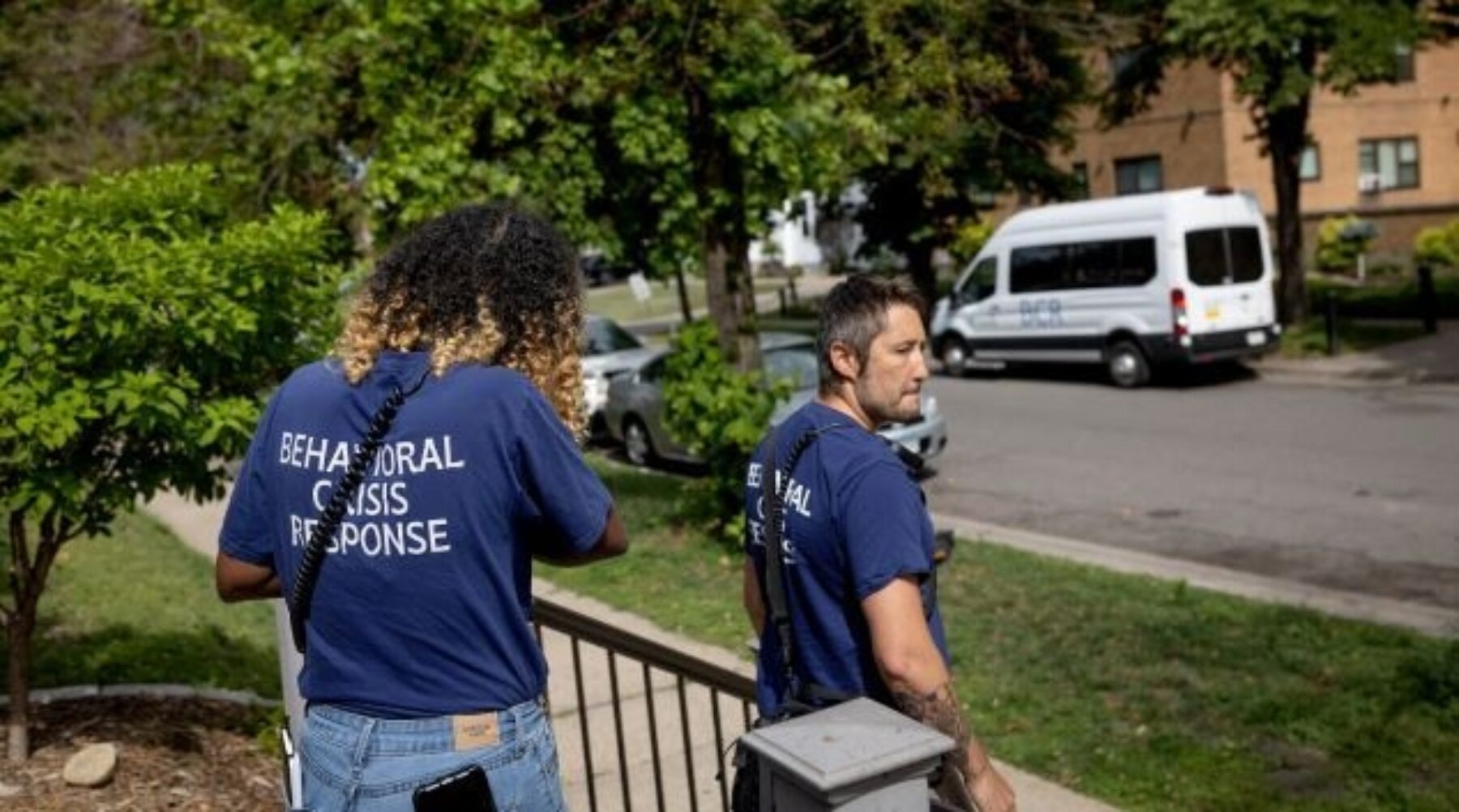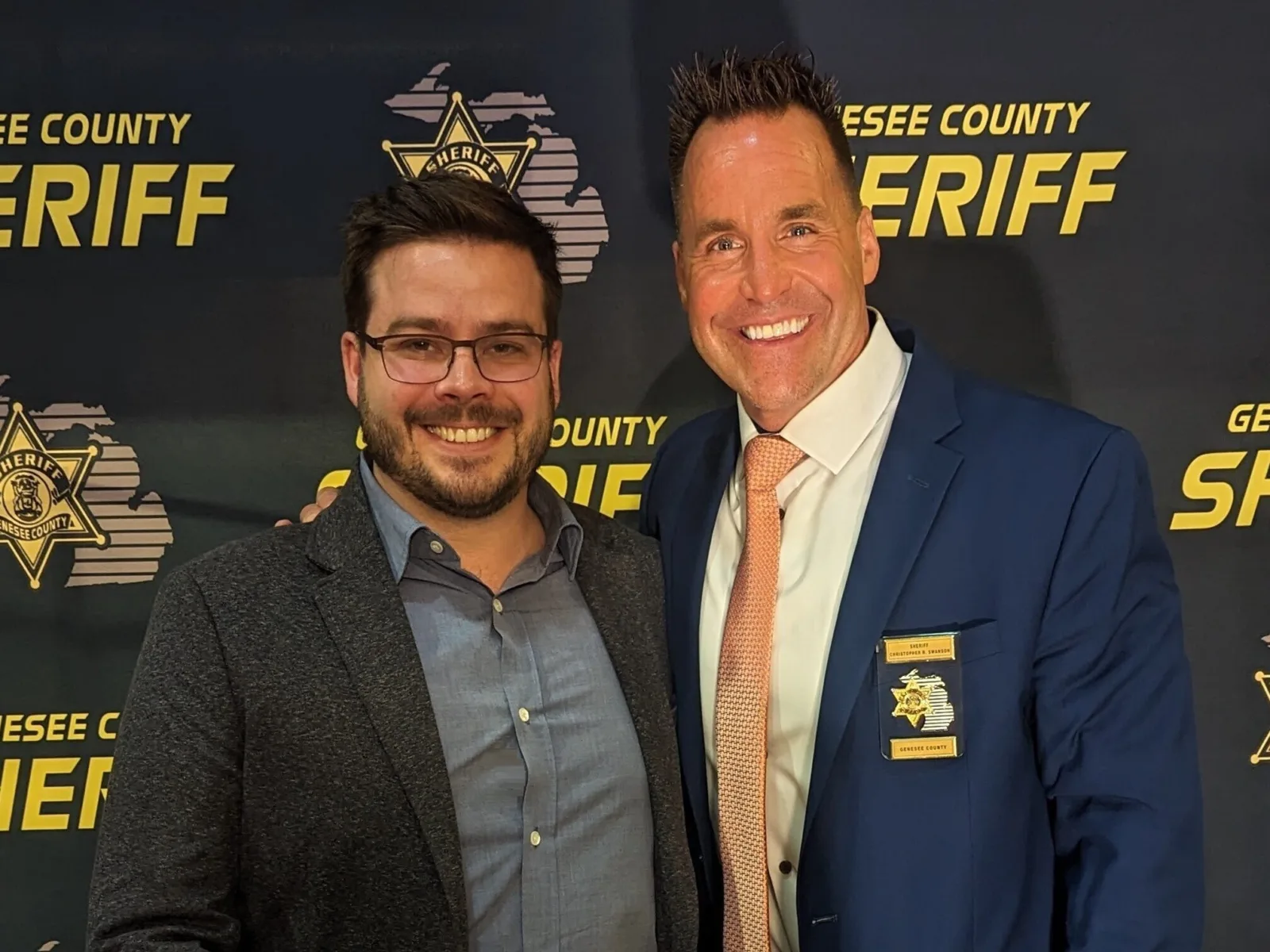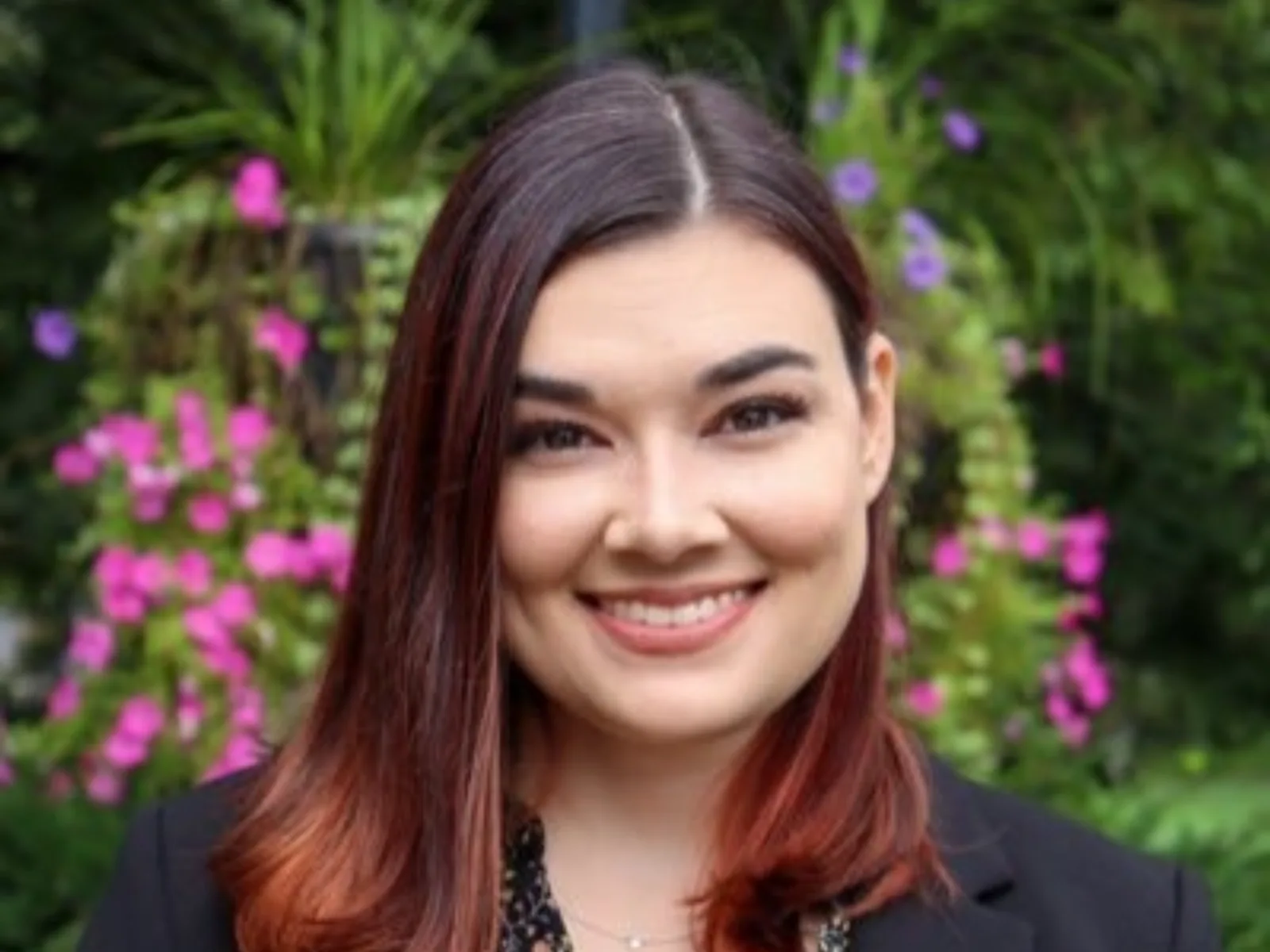Across the country, cities are seeking strategies to better help people in mental and behavioral health distress without having to rely on traditional law enforcement responses. Police will often be the first to say that they are not well trained to help people experiencing such crises. Advocates hold that alternative responder programs promise better care for people in crisis and have the potential to free up police resources to focus on serious crimes. But policymakers still know very little about how well — and in what contexts — such programs work.
To develop rigorous evidence about alternative first responder programs, Arnold Ventures (AV) is partnering with researchers at the John W. Gardner Center for Youth and their Communities at Stanford University. As part of a new project, Thomas Dee and Jaymes Pyne are working with police departments and mental health providers to conduct a rigorous evaluation of the Community Wellness and Crisis Response Team program in San Mateo County, California. The program has created an innovative, alternative way of responding to nonviolent mental and behavioral health emergency calls, including issues such as crisis intervention, welfare checks, and substance abuse.
“Alternative response strategies, such as the program being implemented in San Mateo County, are intended to improve immediate and long-term outcomes for people experiencing mental or behavioral health crises, and it is critical that we ensure they are effective in doing so,” says Josh Jackson, criminal justice research manager at AV. “This study will make a much-needed contribution to the evidence base for non-traditional models of police response that aim to connect people to crisis response services, improve efficiency of police resources, and reduce unnecessary arrests and uses of force.”
AV spoke with Dee, faculty director at the Gardner Center, about the potential of effective alternative responder programs, how they can benefit both individuals and community safety and wellness, and what his research team has learned so far about such programs’ effects.
This conversation has been edited for clarity.

Arnold Ventures
What policy are you and your colleagues evaluating?

Thomas Dee
Currently when someone is in mental or behavioral health distress, the typical first responders are police officers. While police officers often receive crisis intervention training to deal with community members who are having a mental health episode, there’s concern that that training doesn’t work very well. That has catalyzed a groundswell of local policy innovation. Communities across the United States are taking up alternative first responder models that generally fall into one of two categories. One is a “co-responder” model. That’s when cities pair a police officer with a mental health crisis interventionist who is there to complement the officer’s response and provide expert judgment. The other is a “community responder” model. That’s when, for certain types of calls, there is no police involvement whatsoever. In such cases, it’s typically a two-person response that consists of a paramedic and a mental health specialist. This innovation is compelling on common-sense grounds. But the truth is, we don’t know very much about whether it’s working, or how it interacts with specific community contexts. So, it’s an important area that stands at the nexus of cutting-edge research and policymaking.

Arnold Ventures
Why are community responder models such an important subject of study?

Thomas Dee
The most high-profile attention to these issues come from tragic circumstances where a police officer is a first responder to someone in mental health distress and the incident escalates to the point of serious injury or even a police-involved shooting or fatality. Around 25% of officer-involved shootings involve someone in mental health distress, according to The Washington Post’s database. But the policy and social concerns here go beyond high-profile incidents. A police officer may not know how to deal appropriately with someone in mental health distress. In fact, officers themselves often express frustration that they’re not trained for that role. The broad concern is that we may be incarcerating people who need health care, which is both costly and unproductive. In general, it doesn’t create a sensible continuum of care for people who are in mental or behavioral health distress.

Arnold Ventures
How did you become personally invested in this issue?

Thomas Dee
I became involved by doing partnership research. There’s a movement in social-policy fields to create better connections between high-level research and on-the-ground policymaking and practice. This has led to a proliferation of partnerships between practitioners, policymakers, and researchers. My interest in this topic was incubated in such a context. The John Gardner Center at Stanford, where I am faculty director, specializes in working with innovative political leaders and practitioners who are trying to address the challenges they face in their everyday practice. Through that close engagement, and especially the work of our executive director, Dr. Amy Gerstein, we became aware of their interest in taking up alternative first responder practices. I want to stress that this is a very different model for how research gets done. It’s not top-down, but rather has a strong grassroots quality that’s driven by the problems people are facing on the ground — and the potential solutions they think could be a compelling step forward.

Arnold Ventures
What have you uncovered so far in your research?

Thomas Dee
Before my AV-funded work, Dr. Pyne and I conducted a study of Denver’s community responder program, the Denver STAR program, and found that their pilot effort appeared to be highly effective. Now, my colleagues and I at Stanford are working in partnership with several police agencies and mental health providers in San Mateo County, California. They are implementing a co-responder model where a mental health specialist goes on targeted emergency calls with police officers. We’re studying the implementation and positioning ourselves to understand the causal effect on key outcomes. The early indications from our evaluation of the program are that it has had encouraging results, and we look forward to sharing them soon. I would also add that both this research and our earlier study of Denver STAR are based on pre-registered research designs. I think that is vitally important to the credibility of this research, given the growing evidence of “p‑hacking” in studies like this, where researchers may search over multiple outcomes and research designs to find results that seem statistically significant. The evidence of such p‑hacking in research studies is a direct threat to the credibility of evidence-based reform, and I appreciate that AV is providing leadership on addressing this problem.

Arnold Ventures
How does the success of alternative responder programs stand to benefit both people who are experiencing mental health crises and public safety more broadly?

Thomas Dee
Creating better alignment with appropriate health care for people in health distress is clearly beneficial to the individual. But another aspect of the pilot results — and what we also saw with Denver’s program — is that there’s a spillover benefit. Not only are you helping that person in the moment, but there’s indirect evidence of reduced “recidivism.” In other words, those folks are less likely to have a future episode that would cause an emergency call. There’s also a deeper engagement with health care, which helps stop the “revolving door” phenomenon, where people show up in the criminal justice system again and again. I think that’s exciting. From a broader social perspective, it creates some degree of enhanced public health throughout the community. There’s something deeply humane about providing health care to people in health distress, rather than a criminal justice response. It’s also a better use of our scarce law enforcement and financial resources.

Arnold Ventures
Do these impacts open the door to bipartisan policy on this issue?

Thomas Dee
We live in a time of incredible partisanship and political division. Alternative first responder programs are one of the rare policies that have broad appeal across the political spectrum. To put it bluntly, whether you are progressive or conservative on policing issues, there’s something to like about these innovations. From a progressive perspective, we’re seeing a reorientation of police responsibilities that reduces their community footprint, particularly for nonviolent people who are in mental health distress. From a conservative perspective, these programs align with what many police officers say they would like, fewer responsibilities outside of their core competencies. The broad appeal of these programs is evident in the fact that they’re proliferating. Over 50 years ago, we saw federal action to change emergency response for conventional medical emergencies with the creation of the 911 system. Now, we’re poised for a similar transformation of first responses for people in mental health emergencies.

Arnold Ventures
Generally speaking, why is rigorous, evidence-based research so important?

Thomas Dee
These policy reforms are grounded in a strong promise of efficacy as well as being humane and potentially cost saving. But that’s no guarantee that they work. That’s why we need rigorous evidence from many studies of these initiatives across different communities. The field of public policy research is littered with examples of compelling policies with strong pilots that then fail to replicate and scale. So, it’s sensible to nurture such innovations with research that tells us whether they’re working and, if they’re not, what might improve them. We still know very little about which design features make alternative first responder practices most effective. There are also a variety of implementation details around how people access them, whether through traditional 911 dispatch, an alternative 988 number, or a nine-digit phone number. Those details matter. And there are also serious implementation challenges. First, you have to ensure that dispatchers are well trained to get the right responders to the call. Second, there needs to be integration with the police. Third, cities need the resources to staff these programs with trained interventionists. The broader point here is that we need research to know not just whether a promising reform is working, but how to support the vision and make it as effective as possible.






















